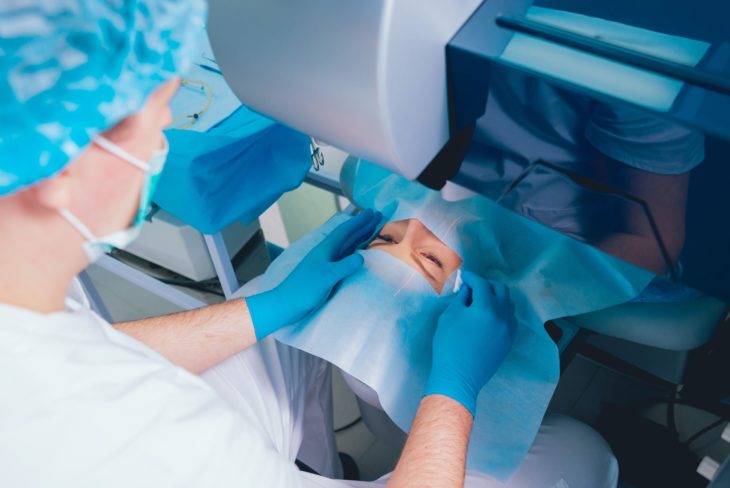An eye surgery used to be quite tricky, but with modern technologies, it has become a routine. Many people who have issues with their sight turn to eye surgery. Lasik surgery is one type which has become popular recently, so here are some things you should know.
Before Lasik surgery

Source: American Refractive Surgery Council
According to thenjeye.com, the first step involves working out whether you are a suitable candidate for Lasik surgery. To be prepared for this you need to:
If you wear contact lenses to stop wearing them and swap to glasses. The shape of your cornea can be temporarily altered when you wear contact lenses. If you stop wearing contact lenses before your consultation, your eyes will have time to readjust to their natural shape. You need to stop wearing soft contact lenses two days before your initial consultation. If you wear rigid gas permeable or toric soft lenses stop wearing those three weeks before your consultation and for hard lenses, stop wearing those four weeks before your consultation.
You need to make your eye doctor aware of any medication that you take and this includes any over the counter medications too. You also need to make your doctor aware of any eye or general medical conditions you have or have had on the past.

Source: Wilkinson Eye Center
Your doctor should tell you of the benefits of the surgery as well as any of the risks that are involved. You will also be told what you can expect before, during, and after surgery has taken place. Your doctor will also make you aware of what you need to do before, during, and after surgery too.
There should be an opportunity for you to ask any questions that you may have during your consultation. Take time to read through all the literature that you will be given so that you can make an informed decision as to whether the surgery suits you and your lifestyle.
The day prior to your surgery you will need to stop using the following products; perfumes, makeup, lotions, and creams. This is to prevent the risk of infection during and after the surgery takes place. You also need to arrange transportation for after your surgery, as you will not be able to drive.
During Lasik surgery

Source: Money Crashers
According to clearsight.com, your surgery will not last longer than thirty minutes. To begin with, you will need to lie down in a chair and the area around your eyes will be cleaned. Numbing drops will be placed in your eye and a lid speculum will be used to keep your eyes open. Your Lasik doctor will either use a mechanical blade device or a laser device to cut a flap in the cornea. If a mechanical device is used, a ring is placed on the eye to create suction to the cornea. When this happens you may feel some discomfort and a feeling of pressure. The blade is then attached to the suction ring and this will cut a flap in the cornea.
If your doctor uses a laser device the first step is to flatten the cornea using a plastic plate.

Source: NVISION Eye Centers
Again, you may feel discomfort and pressure during this part of the procedure. The laser is used to create a flap and once this has been achieved the plate is removed. At this point, you should be able to see but your vision may be blurry. The flap that has been created now gets folded back and any exposed tissue is dried out. A laser will be carefully positioned over your eye and you will be asked to look into the light so that you focus on one spot. The laser treatment will begin once your eye is in the right position. You may now hear the laser, which makes a ticking noise.
A computer will have been programmed at the start of the Lasik surgery and this delivers the amount of laser needed in the eye. Once this has been completed the flap will then be placed back into its original position. For protection, a shield will be placed over your eye as stitches are not used to put the flap back in to place. It is crucial that you keep this shield on as it prevents you from putting any pressure on the eye when you sleep; rubbing your eyes and it also protects your eye from being accidentally poked whilst your flap is healing.
